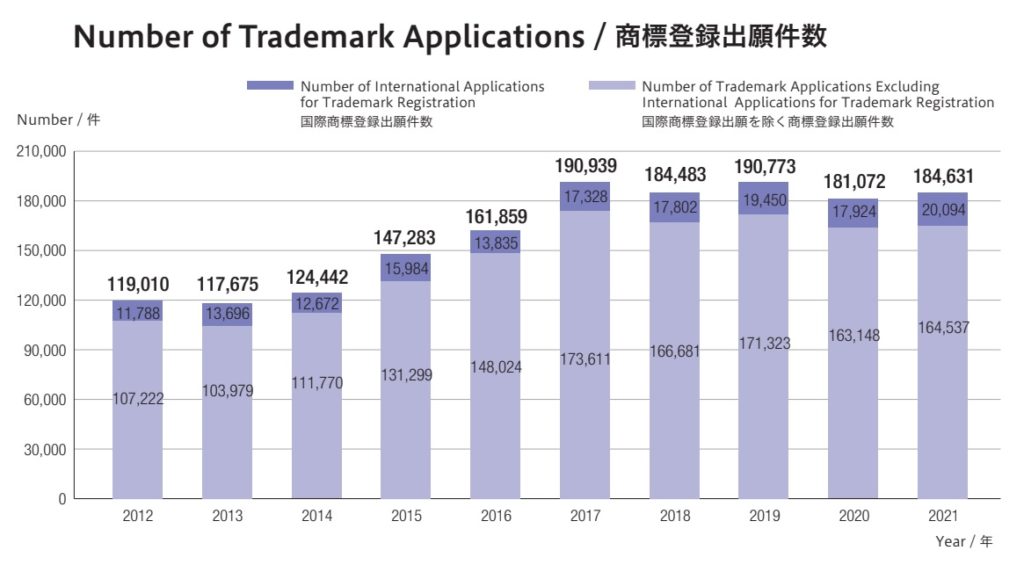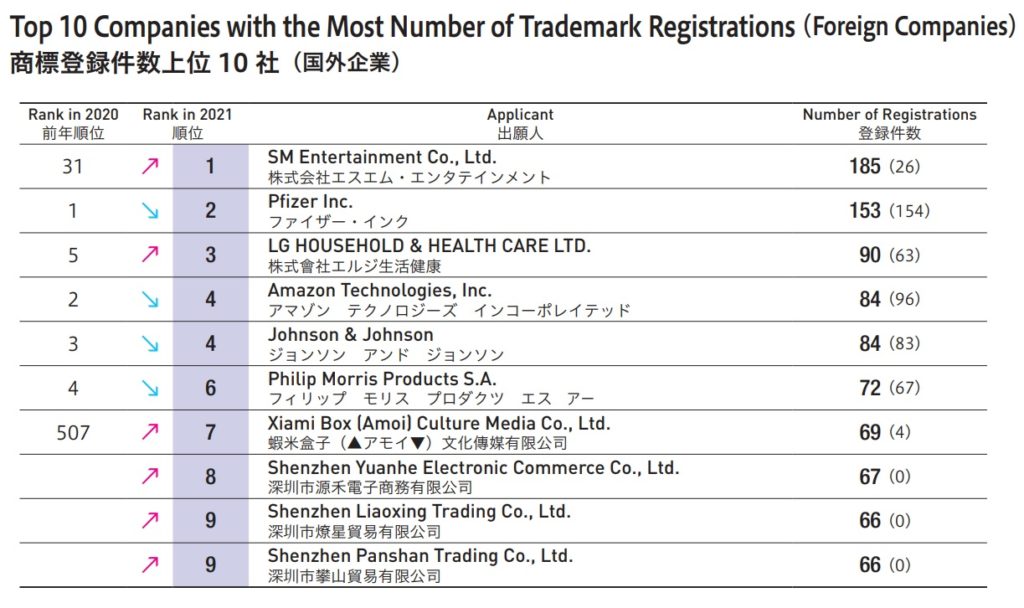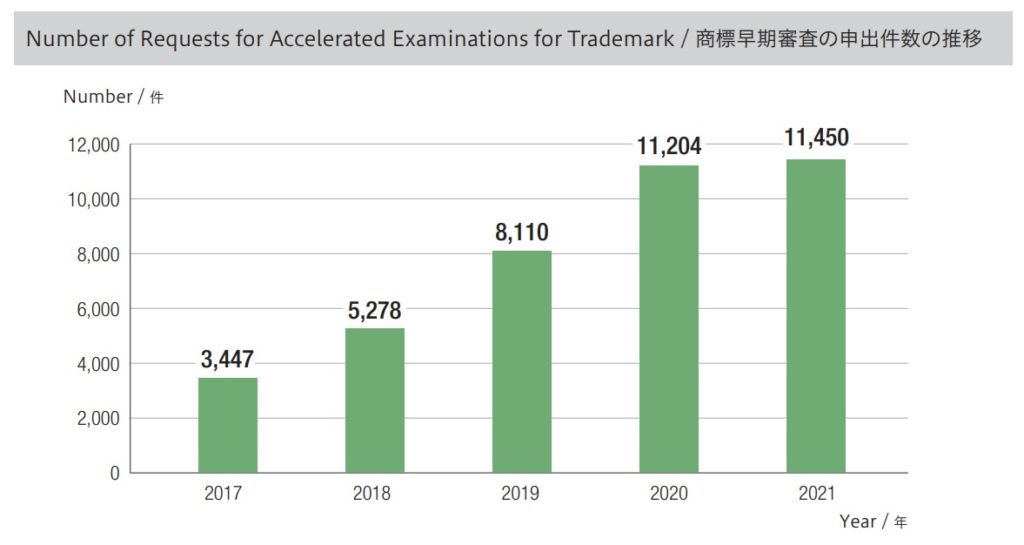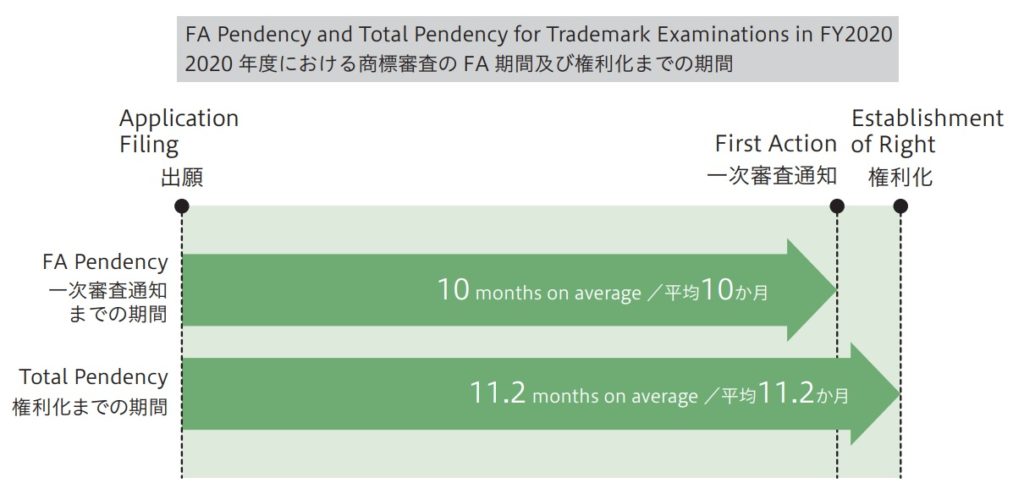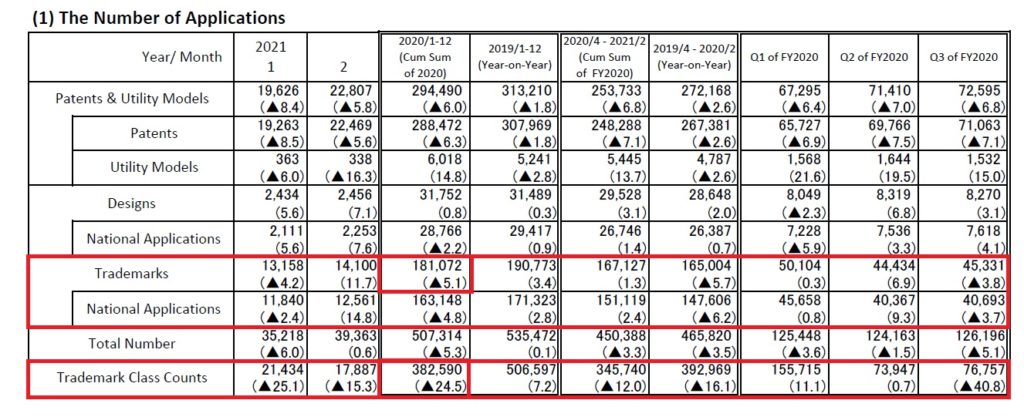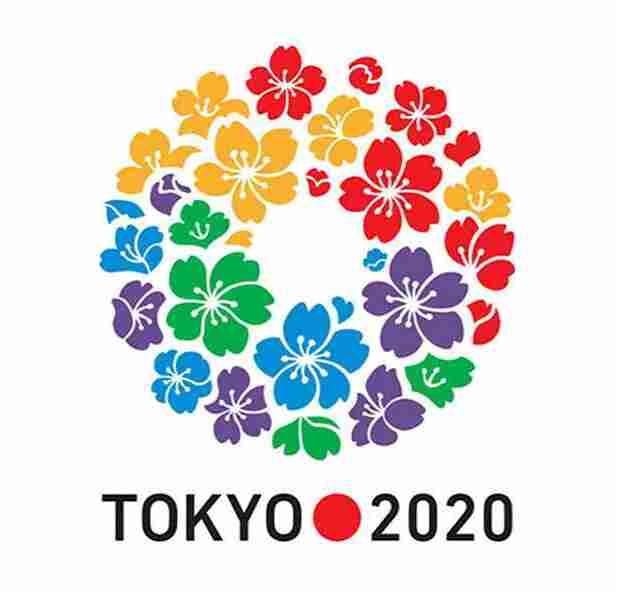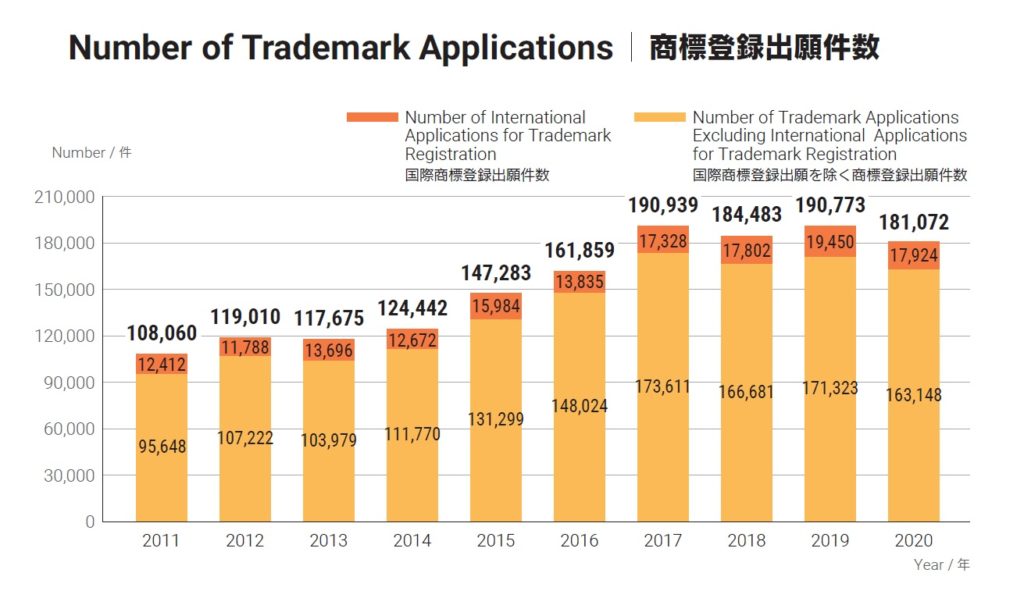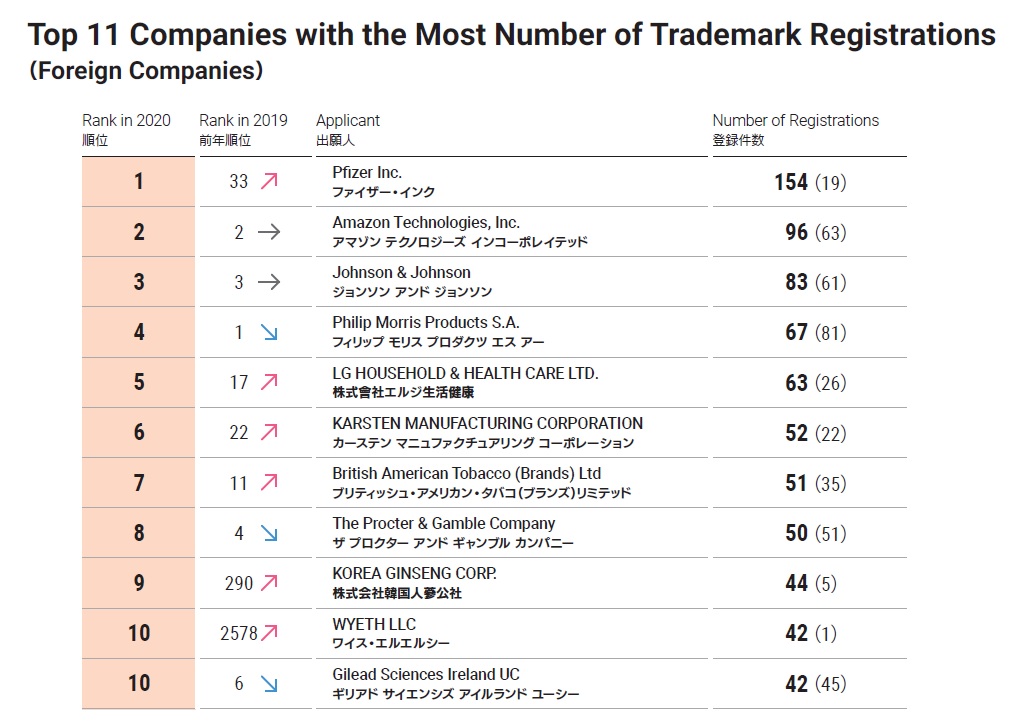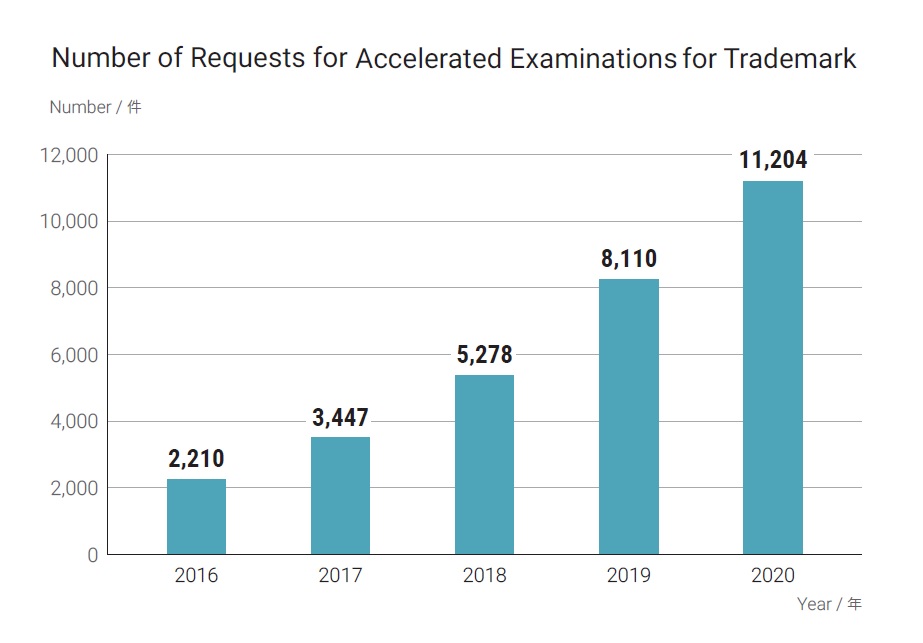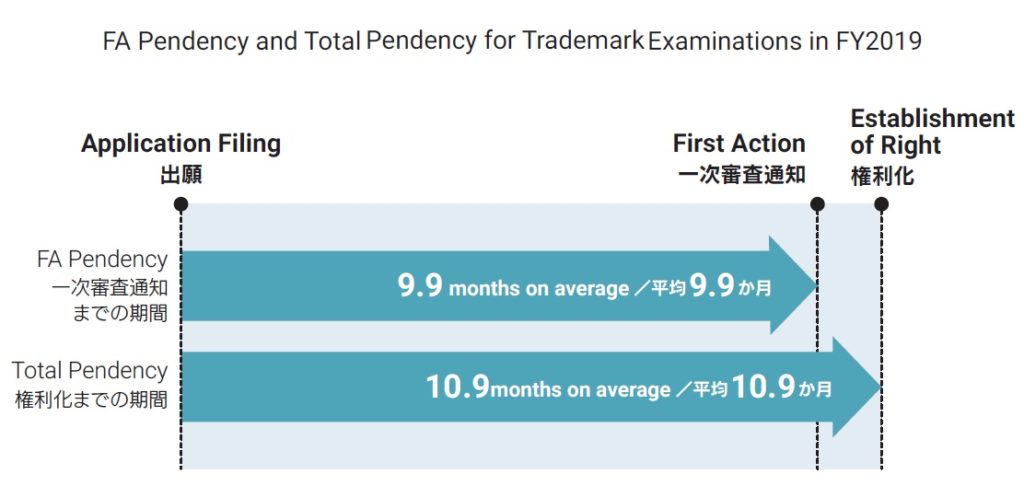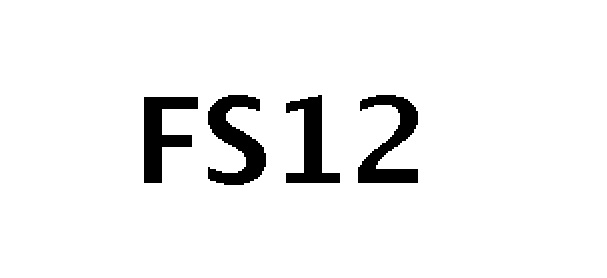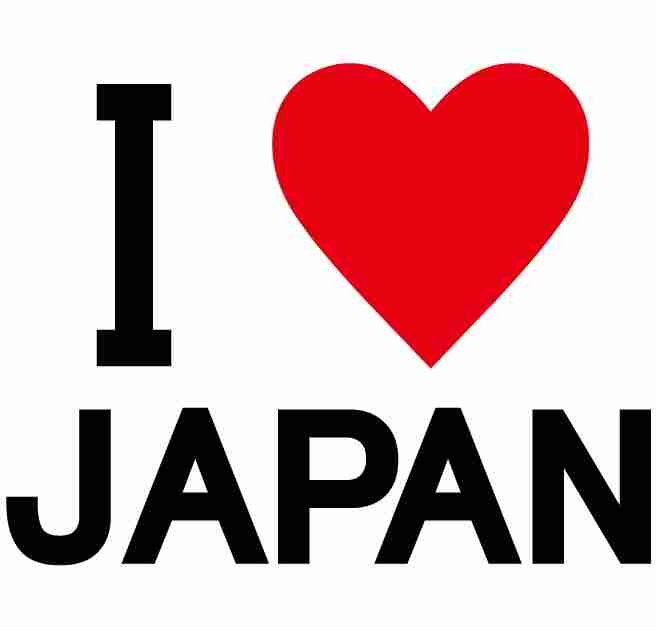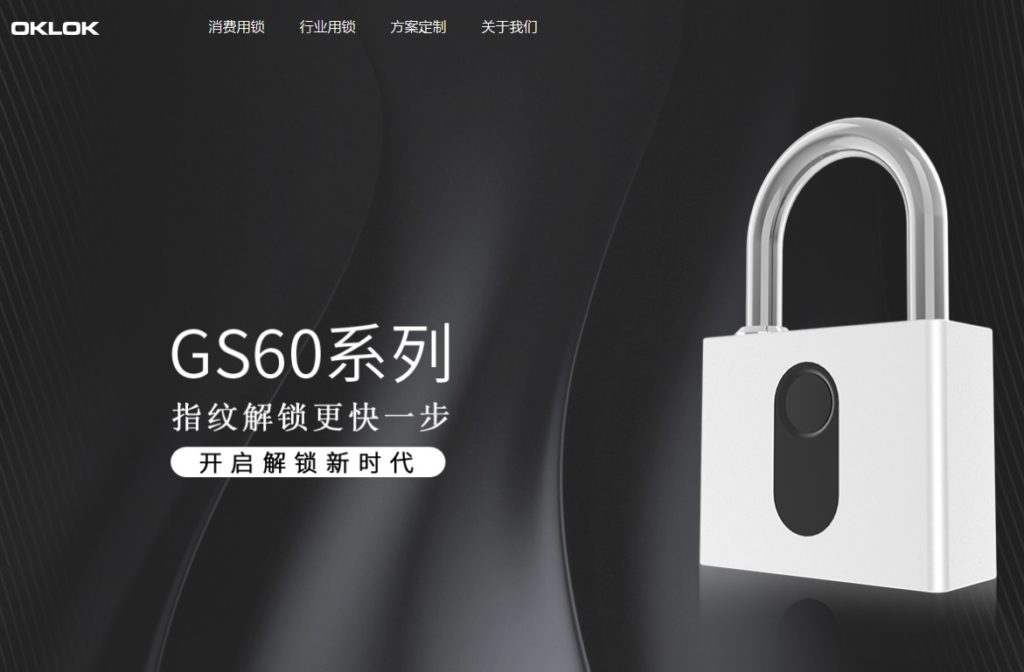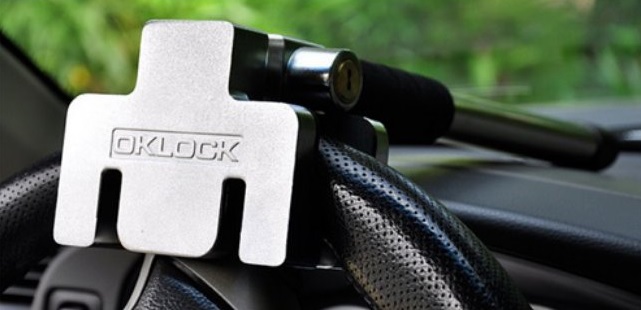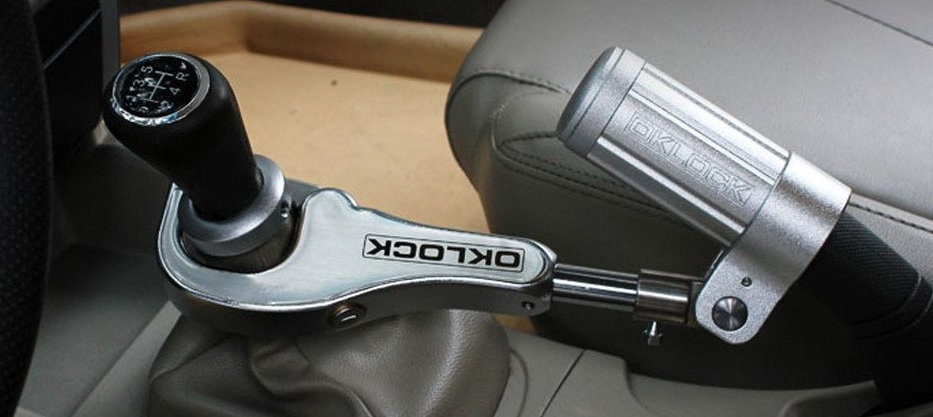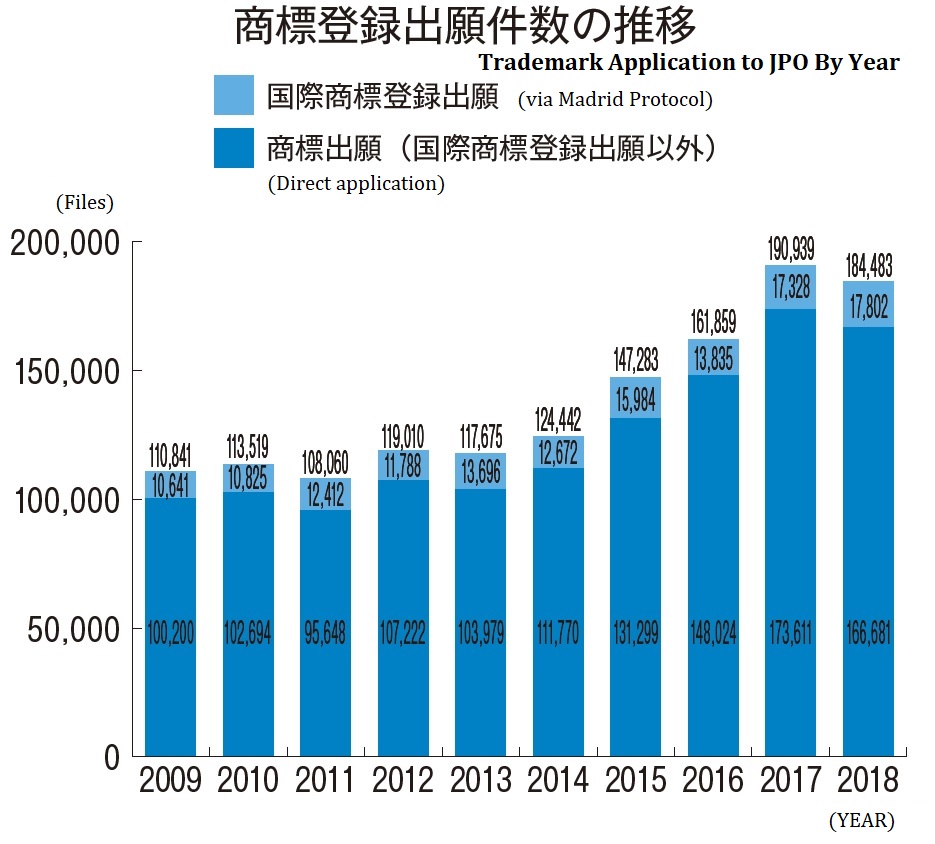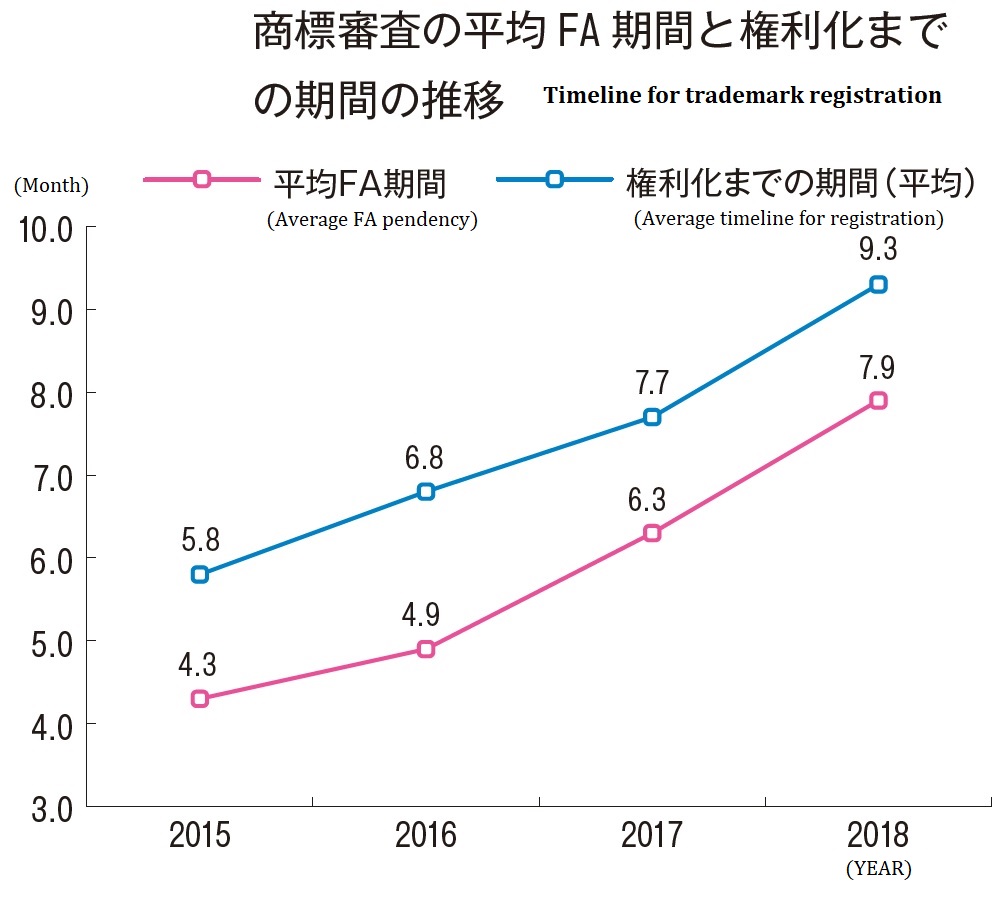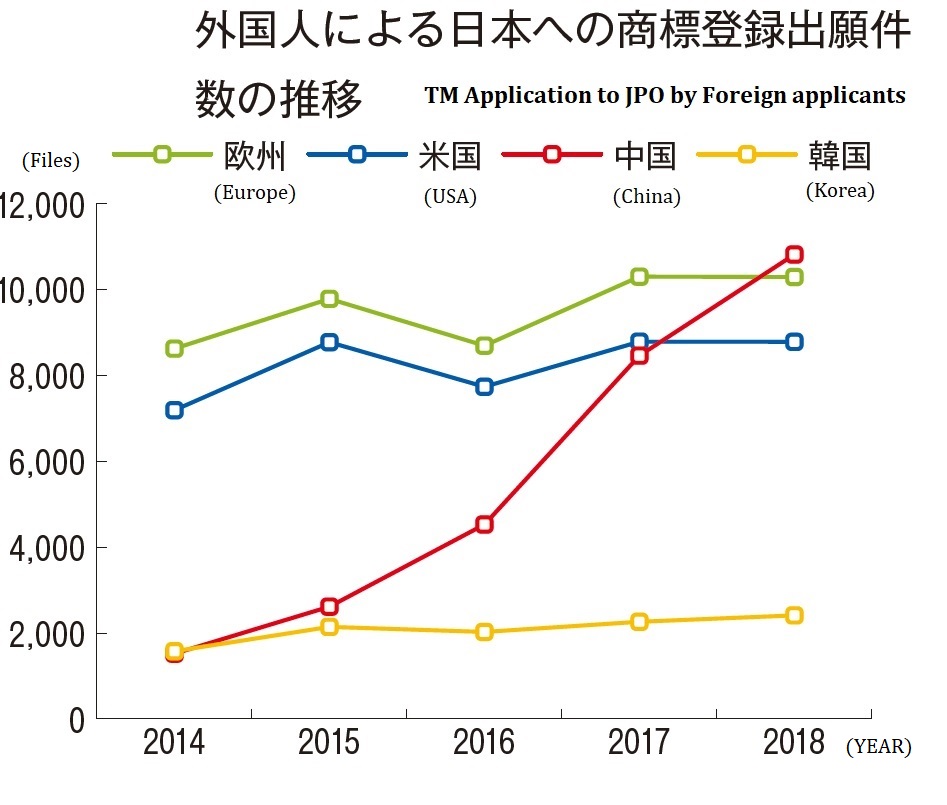The Japan Patent Office (JPO) released its 2023 Annual Report (in Japanese only) on July 28, 2023, which contains informative figures and statistics relating to IP applications in Japan and all other activities of the JPO.
Trademark applications filed in 2022
In the aftermath of the COVID-19 pandemic, the number of trademark applications in Japan decreased to 170,275 by 7.8 % in 2022. TM applications via Madrid Protocol also decreased to 19,769 by 1.6% compared to the previous year. Direct applications decreased to 150,506 by 8.5 %.
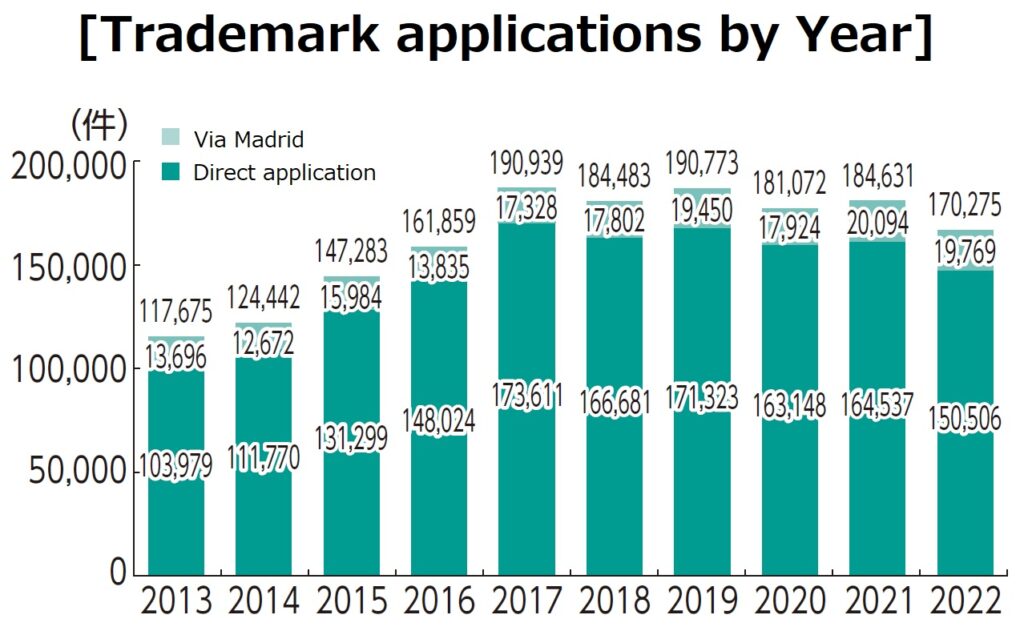
Pendency time for trademark prosecution
Since 2020, the first office action pendency, the average number of months from the date of application filing to the JPO examiner’s first office action, has been drastically getting shorter in a row. The first Action Pendency was 5.4 months in 2022.
Total pendency, the average number of months from the date of filing to registration in 2022 was 6.9 months, four months shorter than in 2020 (11.2 months).
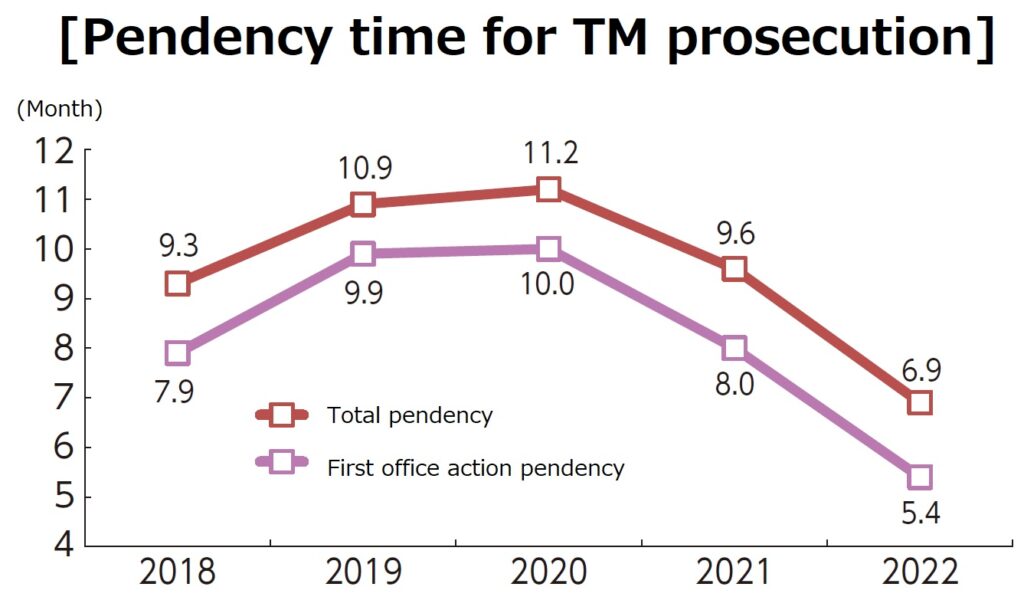
The average number of months for trial is also getting shorter in 2022.
TM Appeal trial: 8.6 months / TM Opposition trial: 8.9 months / TM Invalidation trial: 10.0 months / TM Cancellation trial: 6.4months
TM applications to JPO by Foreign Companies/ Non-resident
44,911 trademark applications, which account for 26.4 % of the total, were filed by foreign companies or non-residents in 2022. The number of applications was decreased by 13 % since last year.
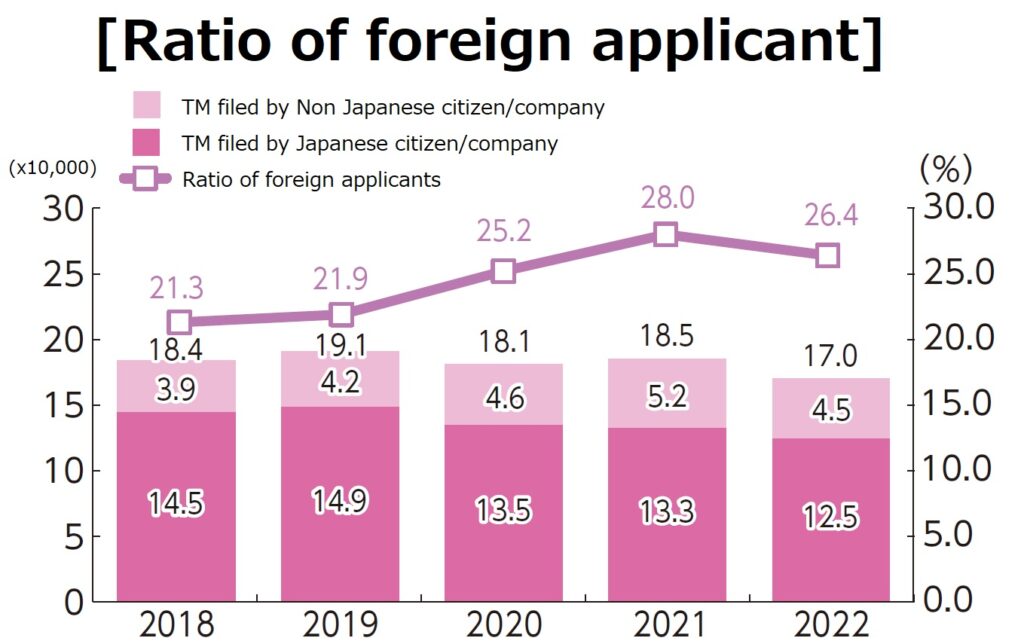
The statistic shows China was continuously leading the ranking with about 15,100 trademark applications in 2022, decreased by 25 % from the previous year.

